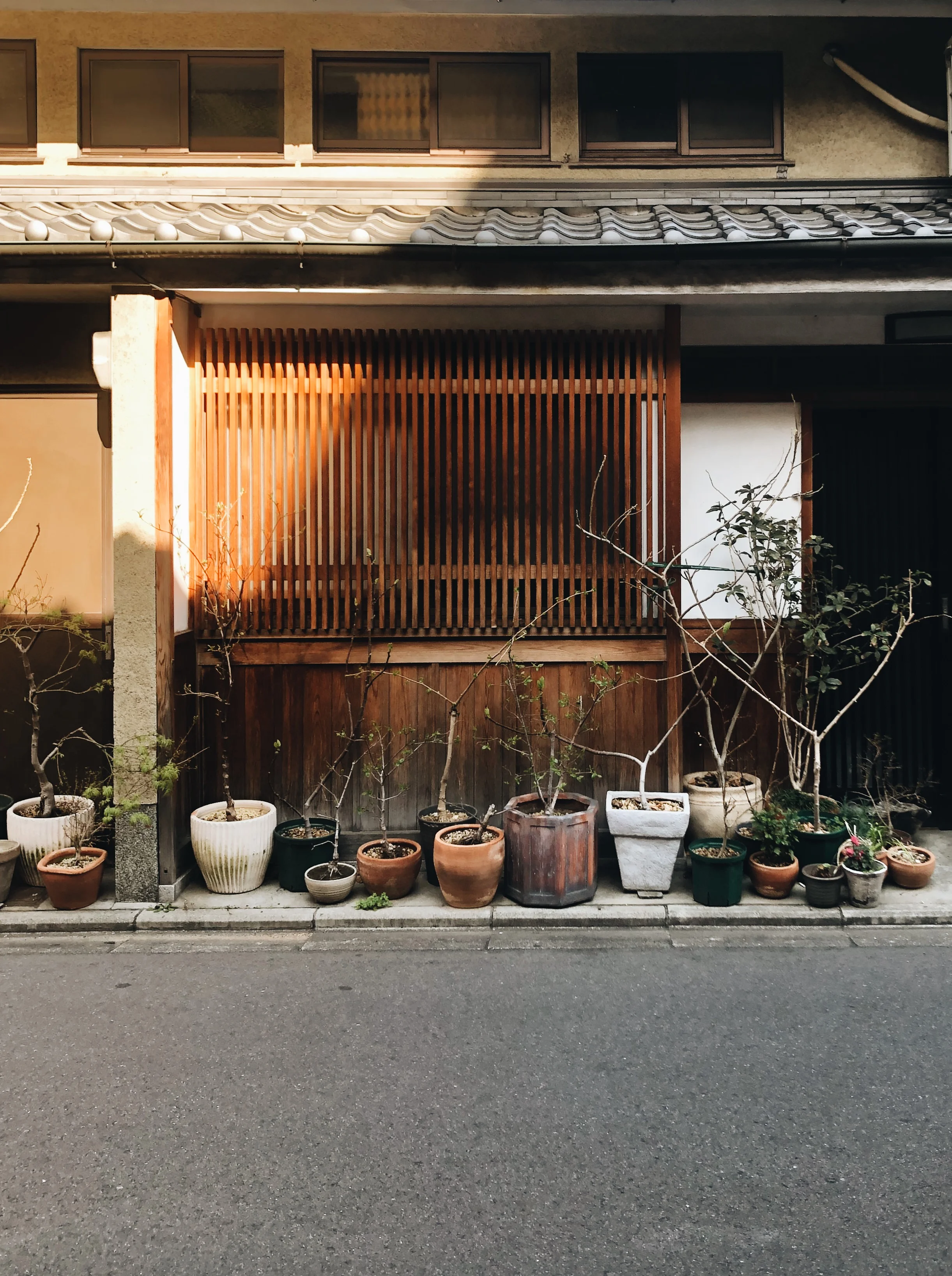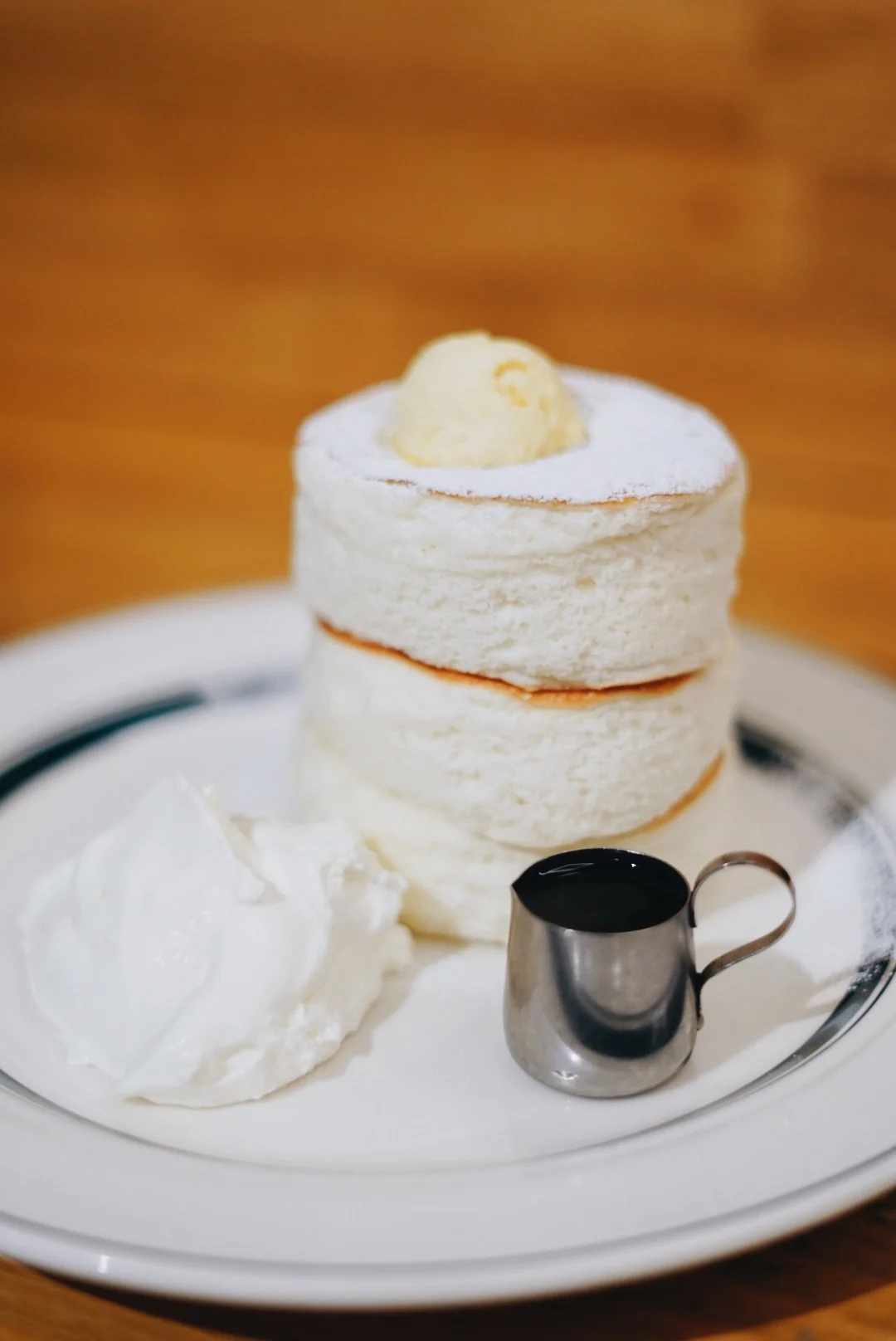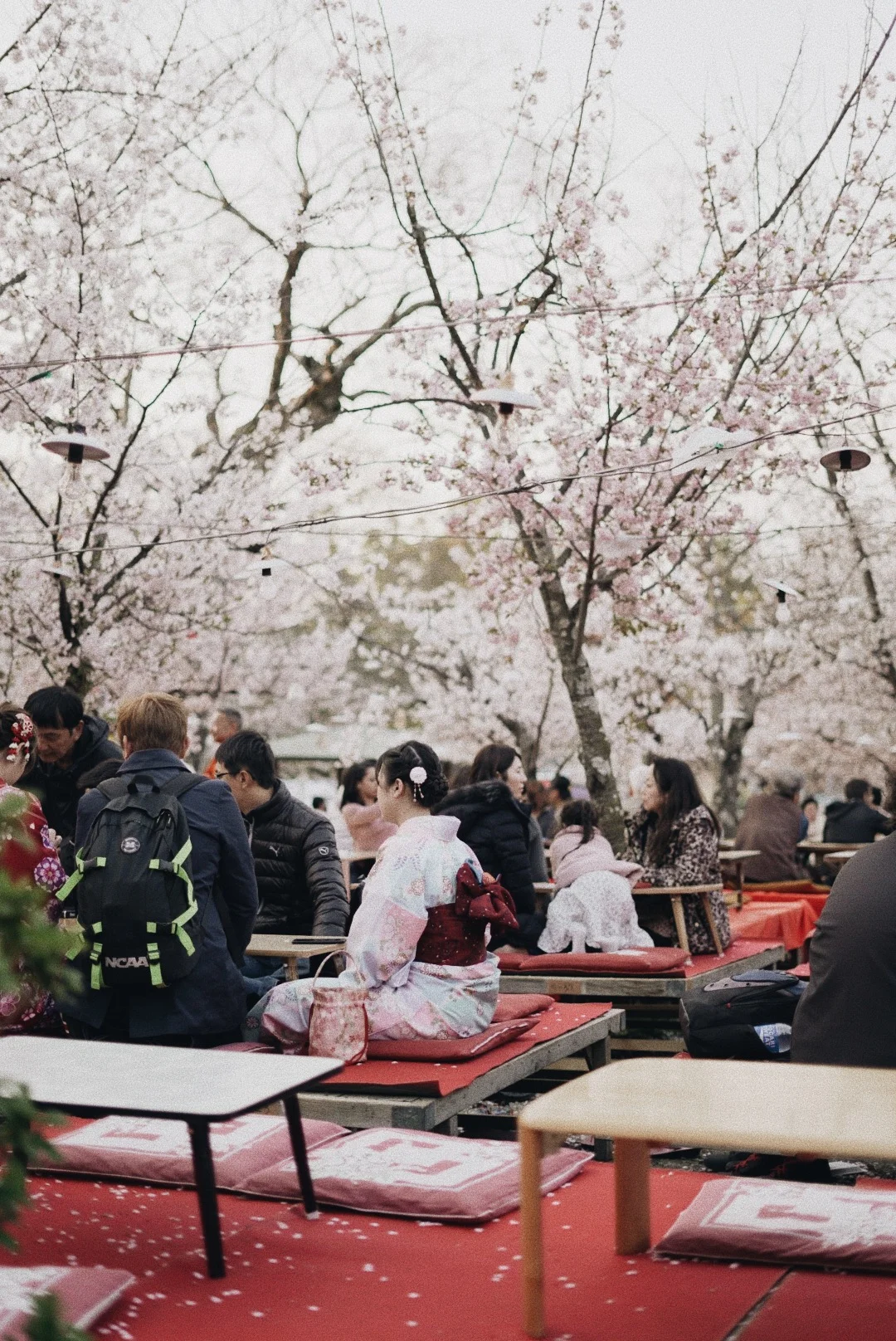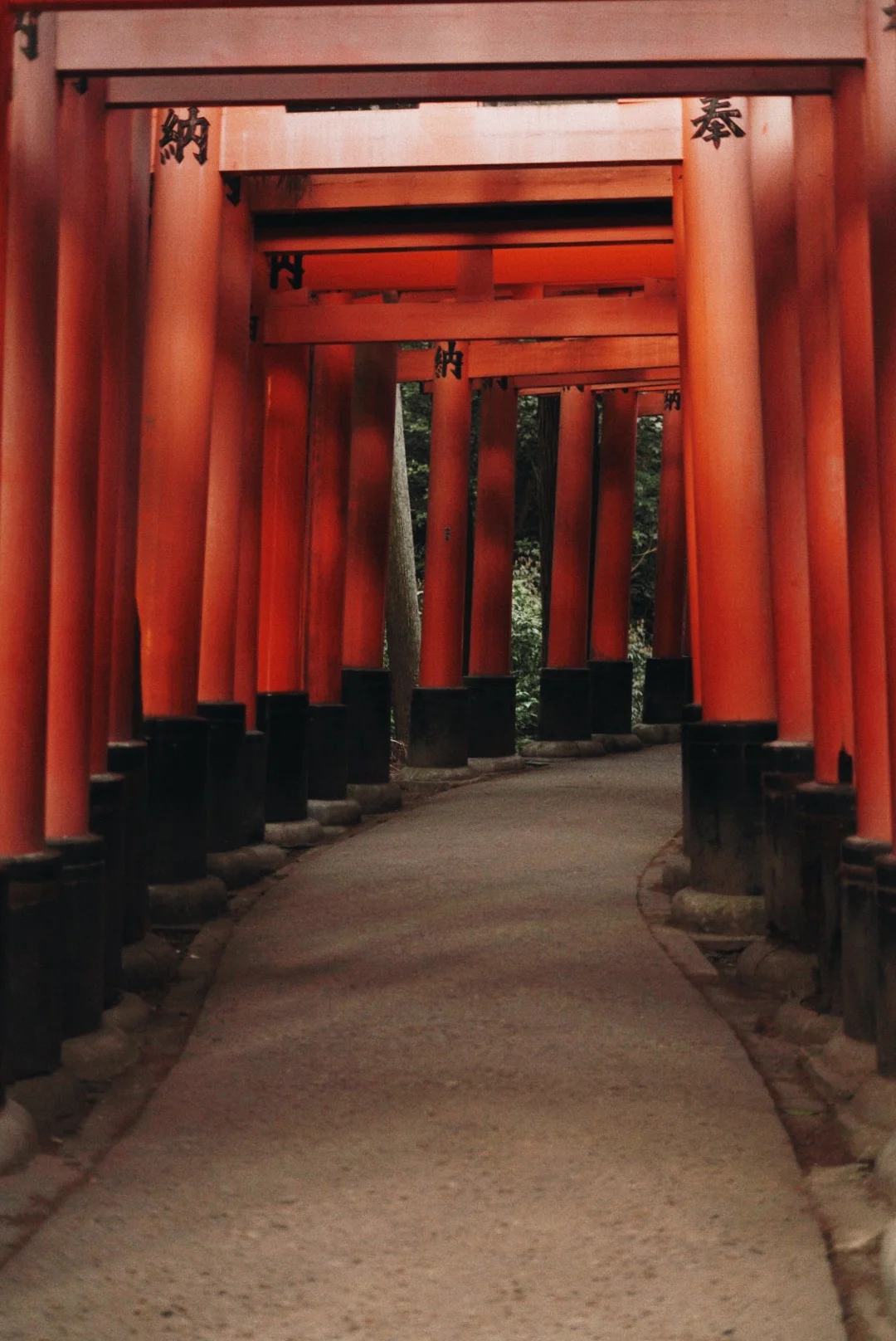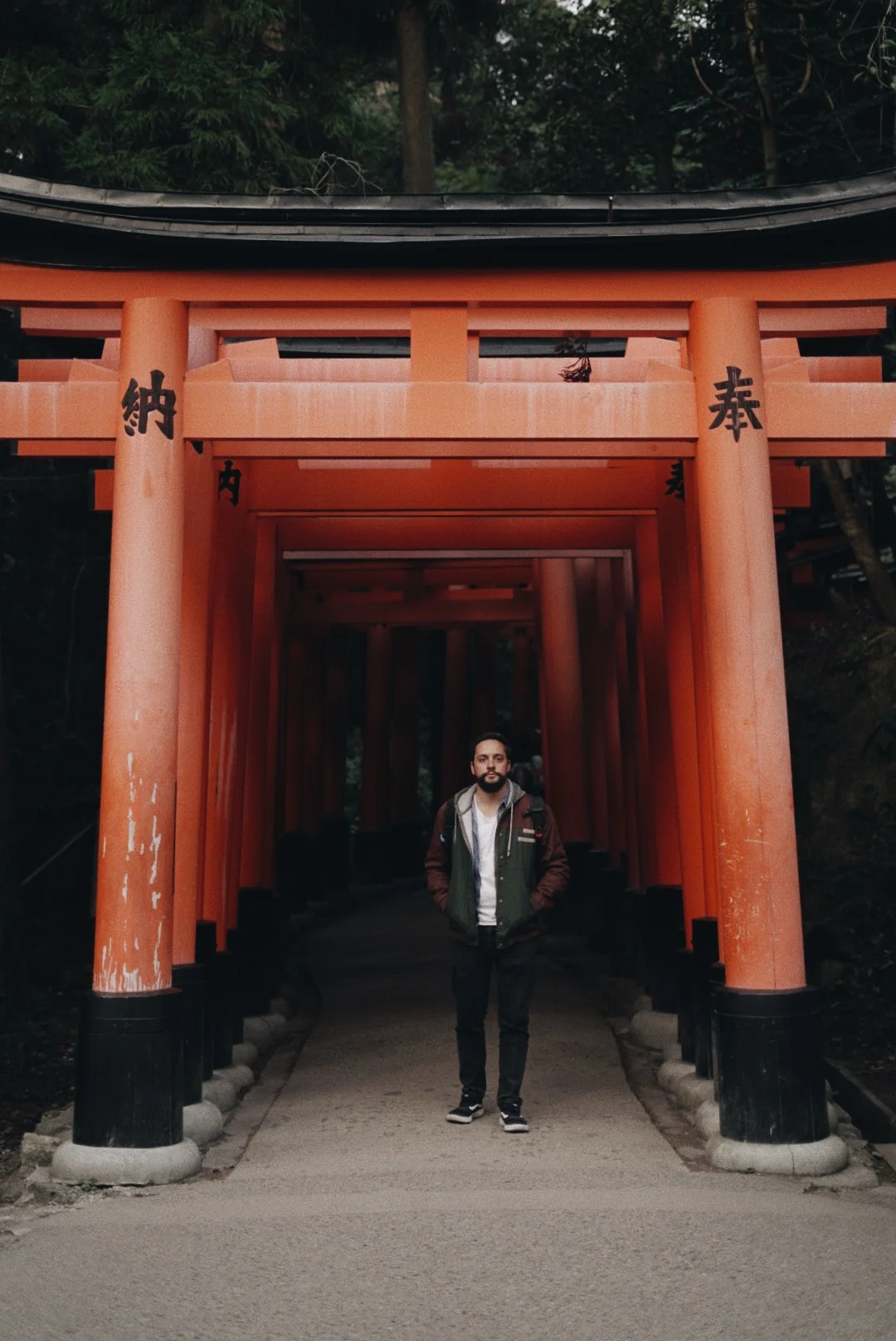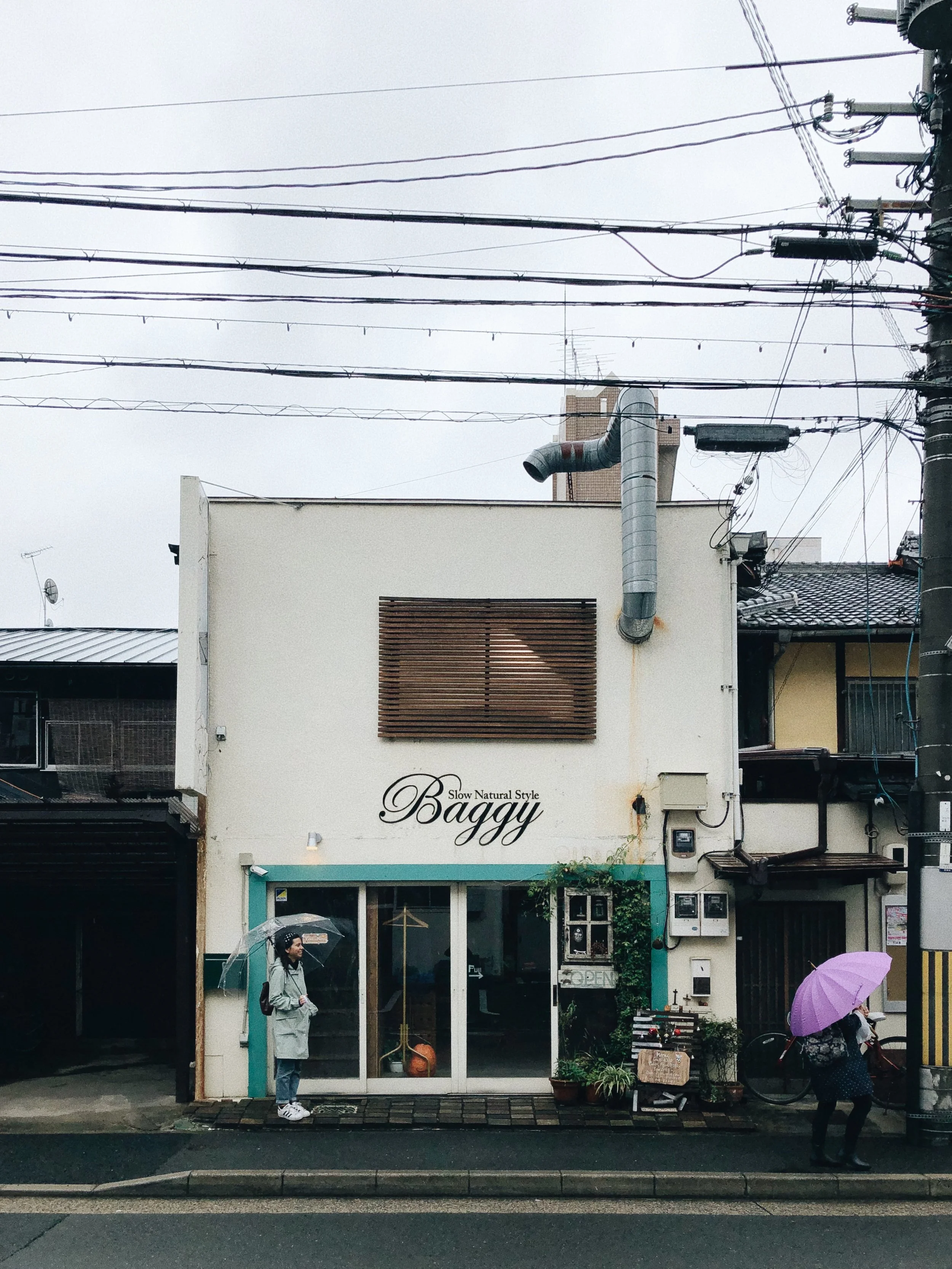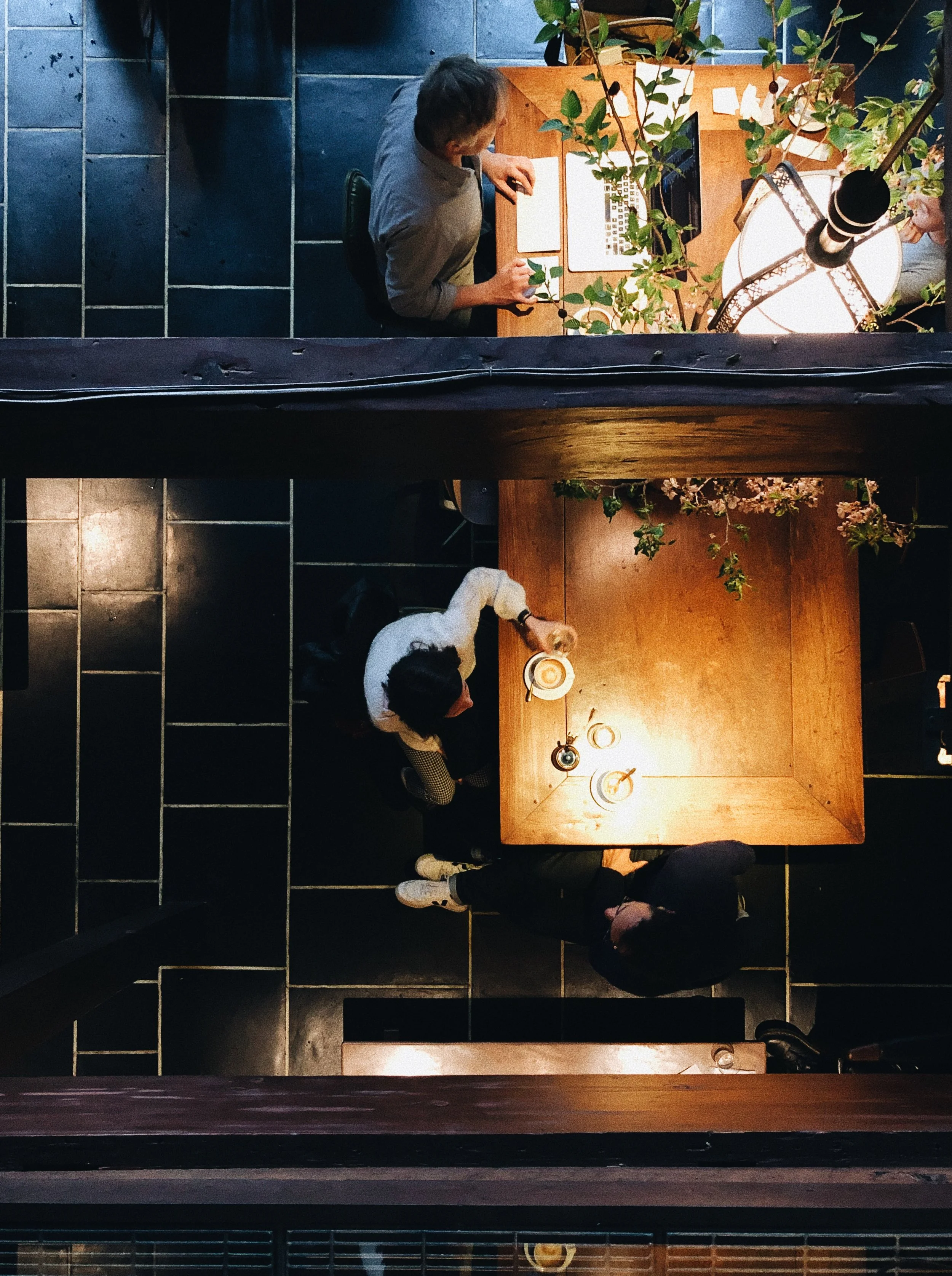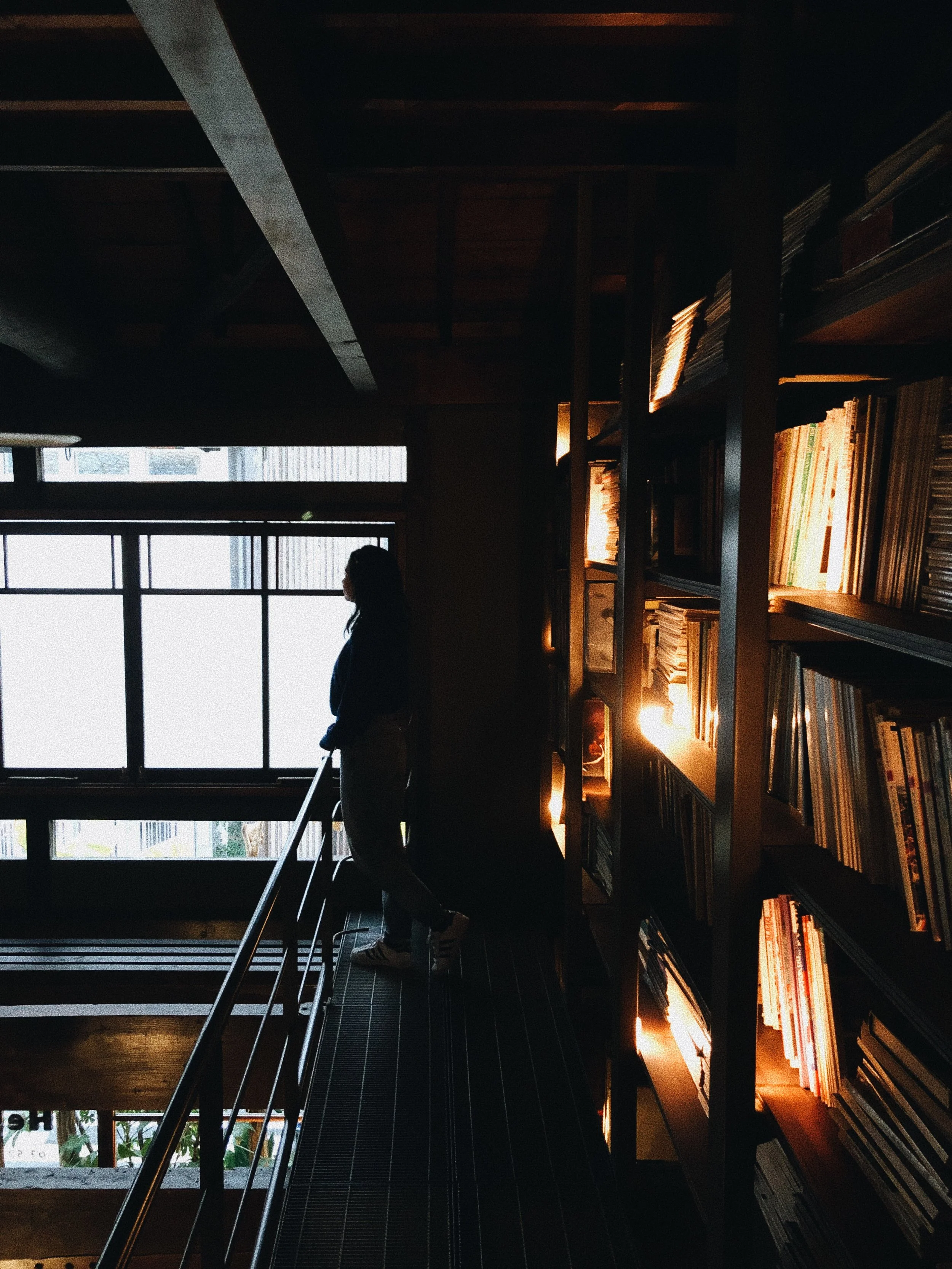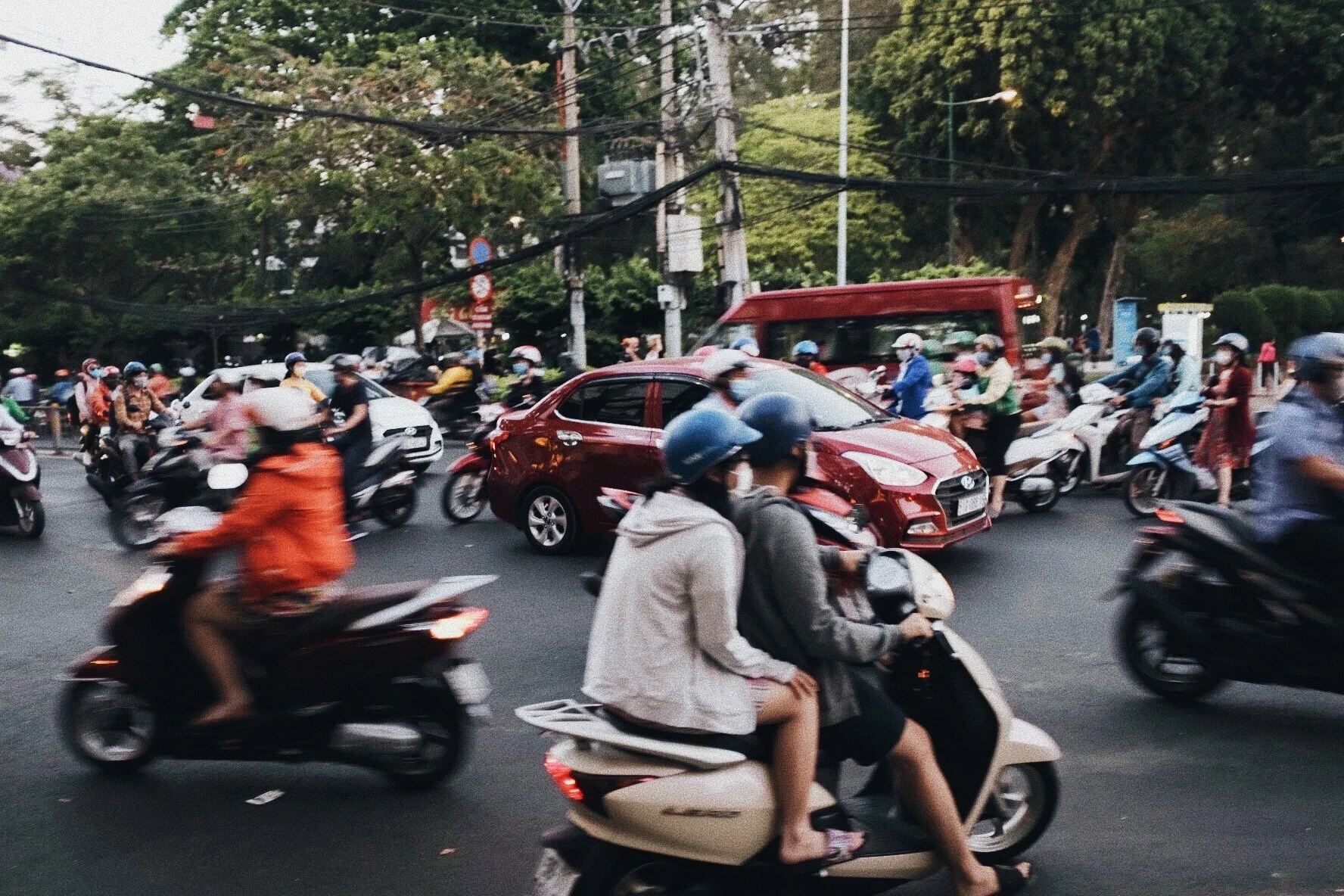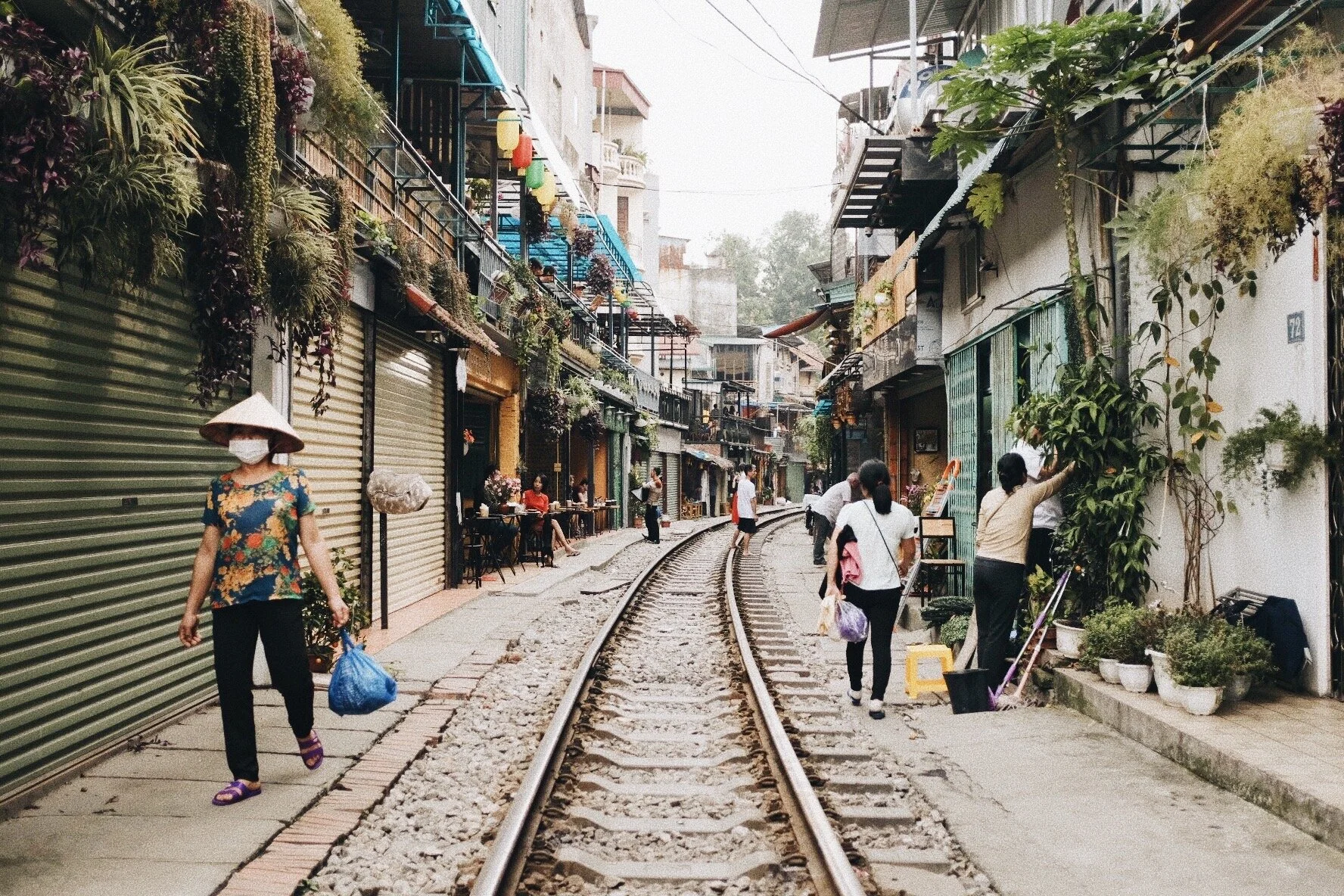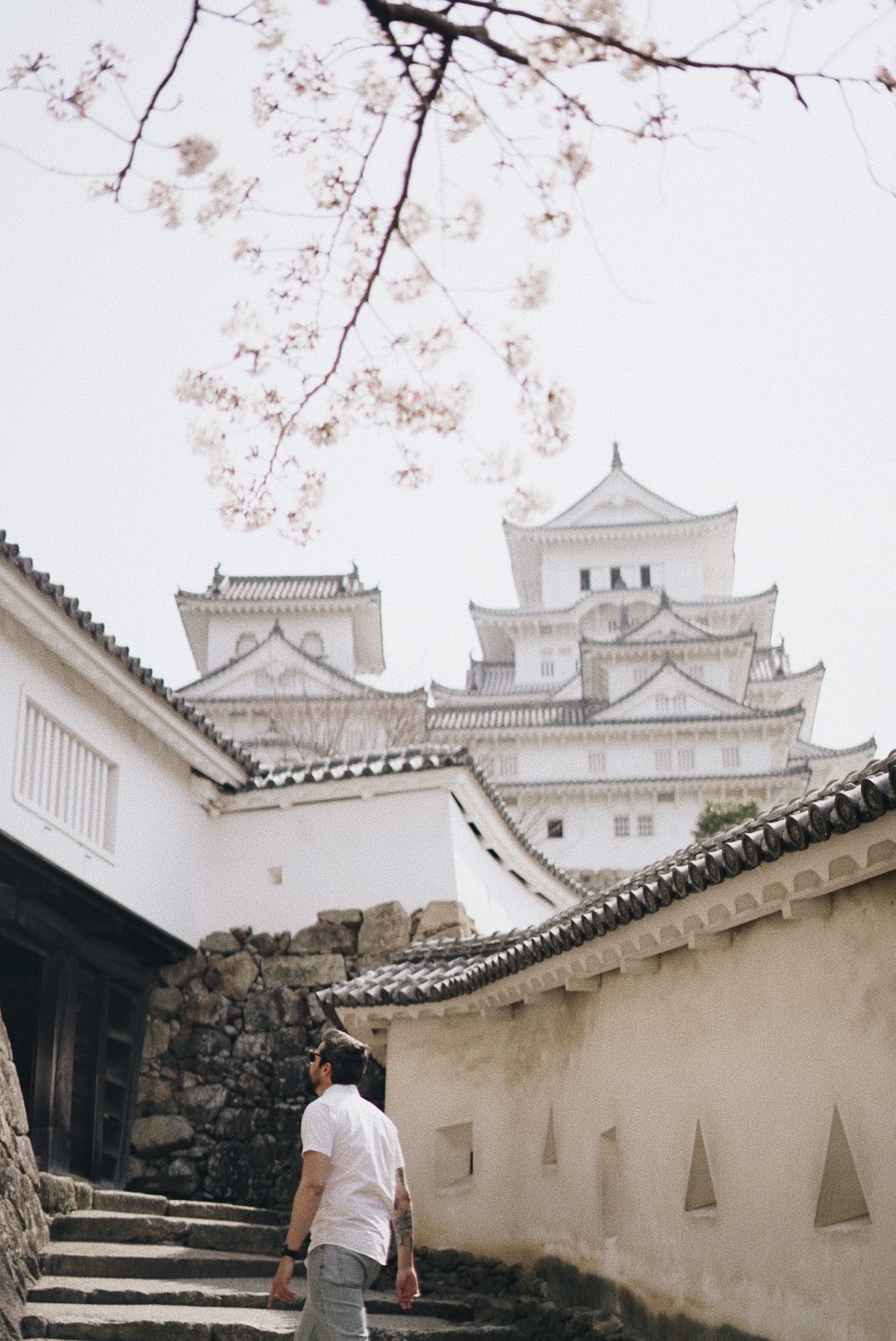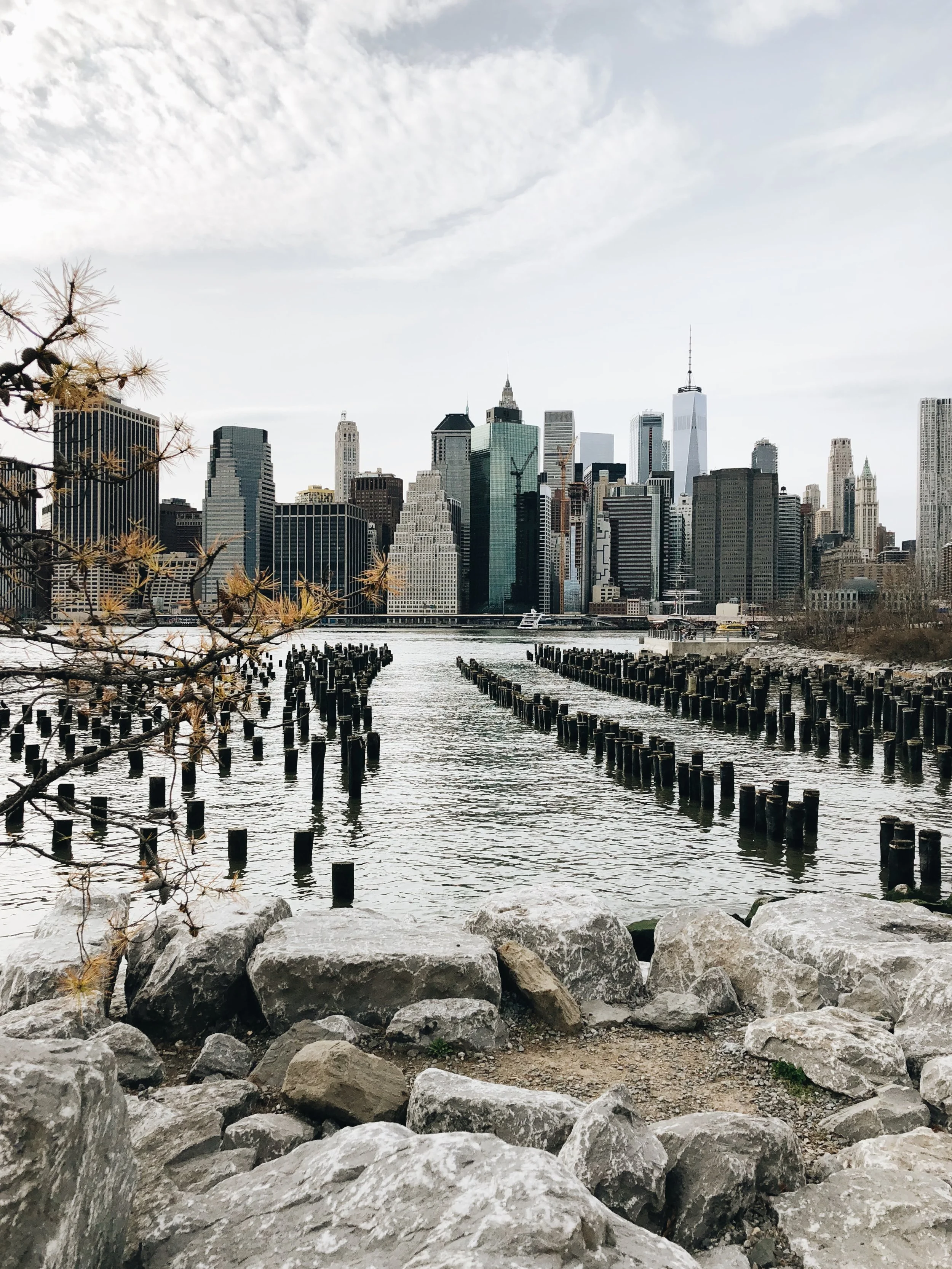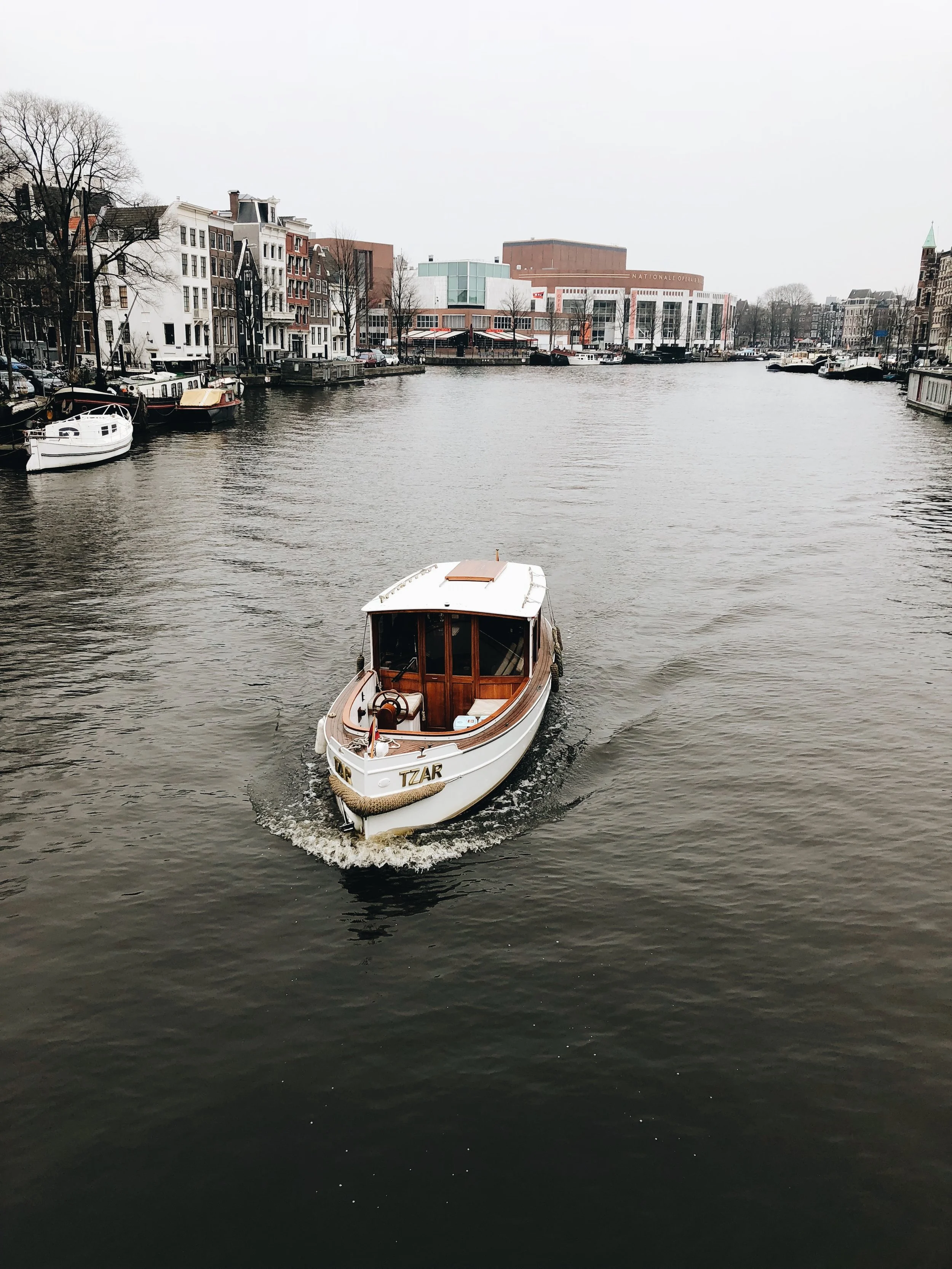Kyoto
Kyoto was one of my favorite places in Japan (Kiso Valley was number one, but Kyoto is right up next).
We were planning to spend 4 days in Kyoto, but on the third day, we realized we had some time left and decided to take a day trip to Hiroshima.
I think I started to enjoy our trip even more once we got to Kyoto. I don’t really know how to explain, but being a very meticulous person and wanting everything to be perfect brings me a lot of anxiety and some times I don’t really know how to deal with it. Being chill doesn’t come easy to me. In addition to all this, the first days were an adjustment because of jet-lag, so that didn't help.
When we got to Kyoto, my body was exhausted and I knew I had to take a break (this is also one of the reasons why we plan our trips with more time, because we know some days may not turn out as we expected and with all the running around and trying not to miss any important place, we forget to stop and enjoy the local scene).
Kyoto is different from anything I've ever seen. You have the new and the old Kyoto. The streets and the typical gardens. It is the personification of what we thought Japan would look like.
So, let's take a walk down memory lane.
Day 6 - Osaka to Kyoto
We woke up early and decided to have a big breakfast before leaving Osaka. It was going to be another long train ride, so, we deserved it. Luckily, we saw a place that served pancakes and was about to open, it had with a big line and we had all of our luggage with us and the restaurant was on the first floor (only stairs), but we really wanted to try those fluffy pancakes (they have these huge pancakes that I’ve never seen before), so, we stayed in line. The place is called GRAM Shinsaibashi. We were starving, so there wasn’t time to see any reviews, we had to do it the old fashion way, try it and then decide if we liked it. Final verdict - they were REALLY good! YES! I think the pictures speak for themselves, but, if you still have any doubts, just watch this video of me slicing the hell out of those soufflé pancakes.
So, pancakes devoured, it’s time to go our way. Osaka - Kyoto - Hostel.
I don’t remember what time we arrived at the hostel, the train from Osaka to Kyoto is 1 hour or so, and from the train station to the hostel was a 20/ 30min walking. Now, I would be very upset to walk this 20min with my bags, but we had just arrived on a totally different place, the houses looked older, the locals were watering the flowers outside their doors, the beauty and simplicity of the buildings made those 20min all worthwhile.
Then, on our way to the hostel, something got me confused - and apparently other foreign people too - The swastikas we found. I tend to do my research before traveling, but this one took me by surprise. We were just walking and taking it all in and all the sudden a swastika right in front of us, and not just one, but two, three, four shrines with swastikas on them. I had to stop and google it.
(I found this very useful and clear information from this website that helped me clarify all my doubts).
Summing-up, a lot of people (like me), when they see a swastika, immediately think of the Nazis, but in Japan, the swastika doesn't stand for the Nazis or anti-Semitism or any of that terrifying stuff. The name "swastika" itself is from the Sanskrit word स्वस्तिक, which basically translates to "lucky charm". The Nazis specifically used the symbol with the prongs facing right, and in many cases tilted it to look like it was spinning. The symbols you'll see in Japan are almost always facing to the left.
With all the horrific things that the Nazis did, it became hard not to associate the swastika with the Nazi's brand of terror and hate. After all, the nazis adopted the swastika on their flag and plastered it over anything you can think of – cars, banners, uniforms, armbands, and so on.
It’s so sad that, in less than 30 years, the Nazis transformed a symbol that had been around for thousands of years from something positive to something negative. And because of that influence, in countries like the United States, in particular, neo-nazis and the KKK still use it as a symbol of hate and intolerance.
There you have it, the explanation of how something that was supposed to have a beautiful meaning became this horrific symbol. So if you go to Japan, especially in Kyoto where we found it, remember that it means exactly the opposite. Also, I read that because of the increase of tourists and the 2020 Tokyo Olympics, they decided to update the manji symbol to be more tourist friendly. Buddhist temples will be now represented by a tiered pagoda.
After my long pause to do proper research on the swastika subject, we finally arrived at the hostel! It amazes me every time I’m 11,000Km from home and the receptionist not only knows how to speak Portuguese, but also tell us that his best friend is from Portugal.
Here's the hostel where we stayed. Can I just say how much I love that in Japan all hostels have Woman only dormitories? As a woman and perhaps future single traveler, I just love it!
Bags in the room, it's time to enjoy the rest of the day. The plan was to wander around to know the local scene of Kyoto, go to Maruyama Koen and enjoy the cherry blossom trees, walk around Gion and have dinner at Pontocho Alley. And that’s pretty much what we did!
I don’t have any pictures of dinner (only video), but it was one of the BEST meals I’ve had in Japan (well, besides the sushi in Toyosu and the ramen, and…, hm, ok). But trust me, it was really really good! Kyoto-Style Beef Cutlet Katsuushi is the name of the dish we ate and the place was here. I loved the presentation of the dish and they explain how you should eat! hmm.
Day 7 -Arashiyama, Kinkaku-ji temple and Fushimi inari
After a good night of sleep, it was time to go see one of the most famous attractions in Kyoto, the Arashiyama Bamboo Grove bright early in the morning so we don’t have to deal with the crowds (we tried, but I guess everybody had the same idea).
We woke up, had breakfast at the hostel and got ready to go.
This next parenthesis is one of the reasons I liked Kyoto so much and why I like to travel in general.
I was outside the hostel waiting for Pedro to finish getting ready, and it was early in the morning. I started to see a few small, cute kids, like 5 or 6 years old, walking to school with their backpacks on. In Japan, they have these cute school bags and hats that all kids wear and they are adorable! I notice one particular kid that was holding hands with his father and the bag he was wearing was almost bigger than him. They were walking on the sidewalk and he saw his friends across the street and started waving enthusiastically at each other. He let go of his father hand and crossed the street to say hello. His father walked behind him, always keeping the distance but not losing sight of him. I may have been smiling during this because it was such an adorable moment, and at one point, the father came up to me (I could see he was pretty moved) and said - It’s their first day of school -, I smiled and he kept walking behind them without interfering in their conversation. This may seem like no big deal to you, but these little moments are what keep me traveling, this feeling that love is love no matter where you are and no matter what's your culture. And all the sudden you can feel at home even though it’s so far away.
Pedro was ready, it was time to keep moving.
Arrived at Arashiyama Bamboo Grove, and this place is just beautiful. You can hear the sounds of the bamboo trees beating against each other, and they make this musical and peaceful sound. It’s very relaxing (not with tourists though, go early!) and overwhelming at the same time, you look up and all you see are those beautiful and huge green trees, that almost make an arch.

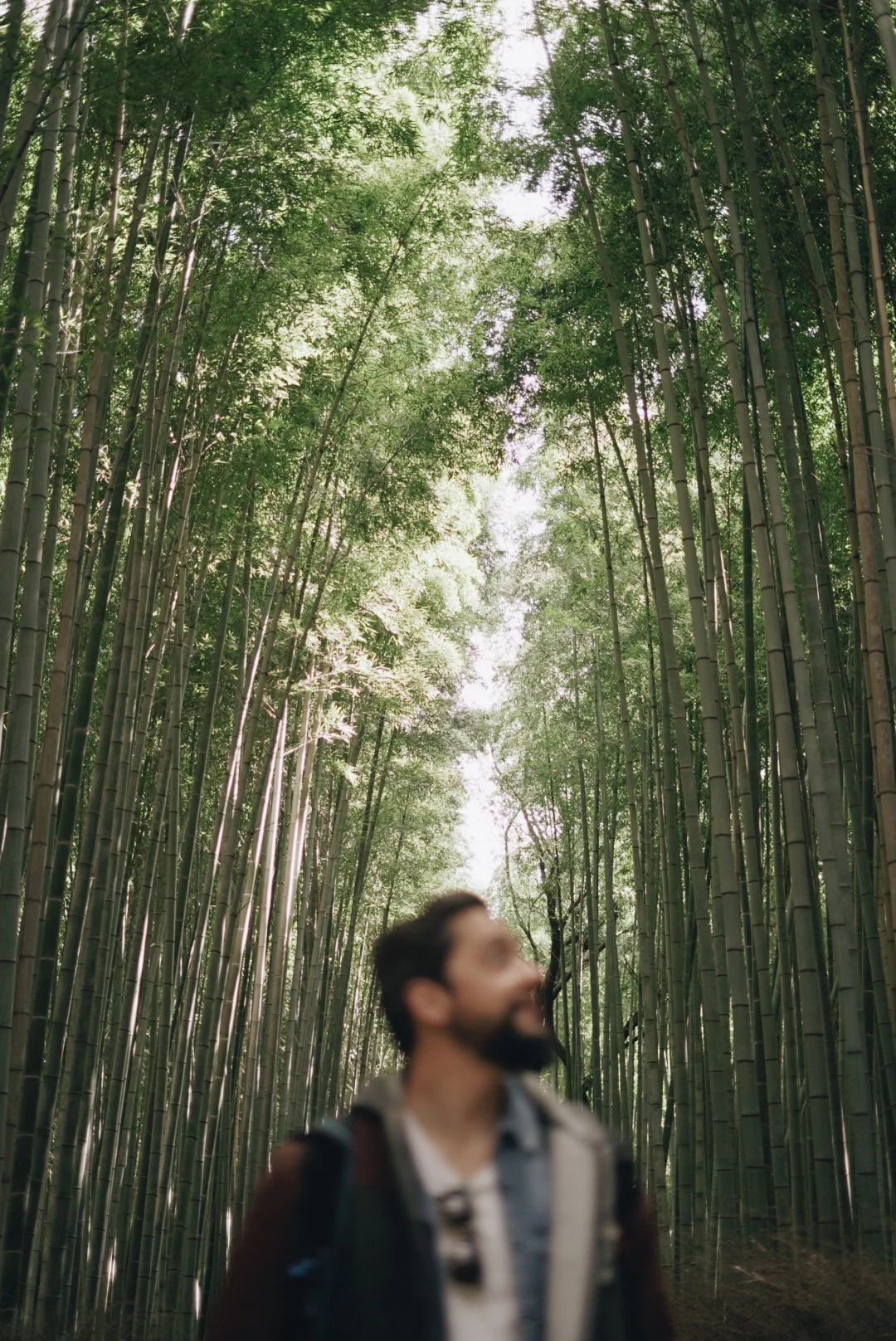

After Arashiyama we went to Kinkaku-ji temple, the Golden Pavilion, and then, Ryōan-ji, a famous rock garden in Japan. Here, you can take a moment, seat on the floor, and enjoy the sun because it’s not that crowded and it’s very quiet.
Because we started the day early, we decided there was enough time to visit Nishiki Market and then go to Fushimi Inari.
We arrived at 5 or 6 pm and left later at night! The shrine sits at the base of a mountain named Inari that is 233 meters above sea level and includes trails up the mountain to many smaller shrines. It takes approximately 2 hours to walk up.
Walking the shrine later in the afternoon (or early in the morning) is better, because there aren’t as many people, and once you get to the top, the view of the city is beautiful with all the lights at night.
This was a real workout for me and it was pretty late when we got to the main shrine, so we decided to buy some food at Seven Eleven and eat at the hostel.
Day 8 - Cafe Bibliotic Hello!
Remember at the beginning of this post when I wrote that my body was exhausted? This was the day. It was raining (a lot) and Pedro looked at me and said, “today were not doing anything”. So, we slept in and decided to go to a coffee shop near the hostel and plan the next day.
The name of the coffee shop is Cafe Bibliotic Hello! and it was on my list of cutesy coffee shops to visit, but we end up spending an entire day in there! It’s cozy, full of books and the food is homemade alike. We ate a delicious stew, and they also have a lovely pastry kitchen. It was exactly what we needed that day, it was like a warm hug on a cold, rainy day.
